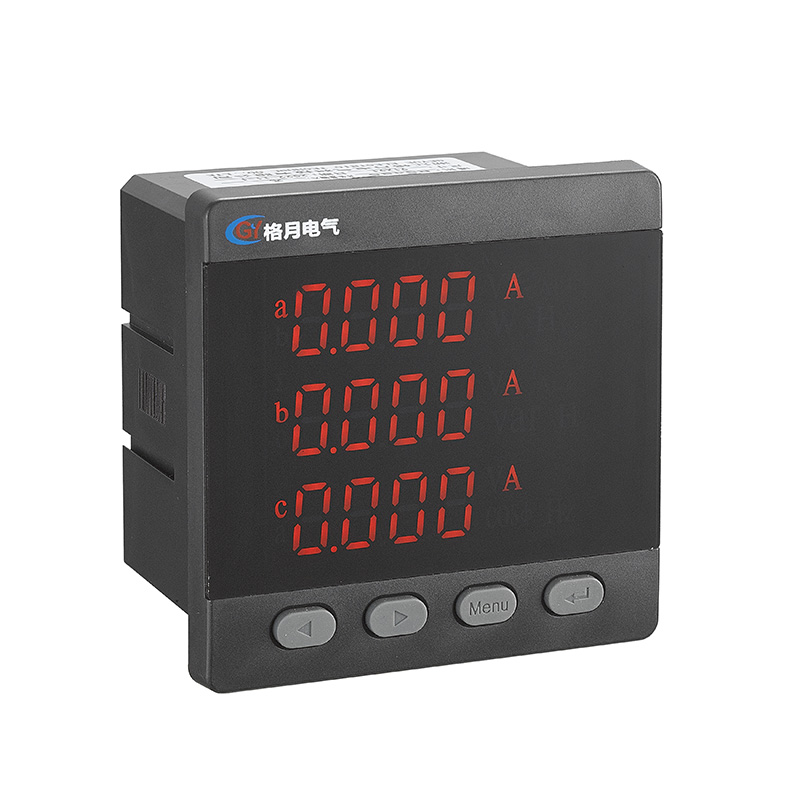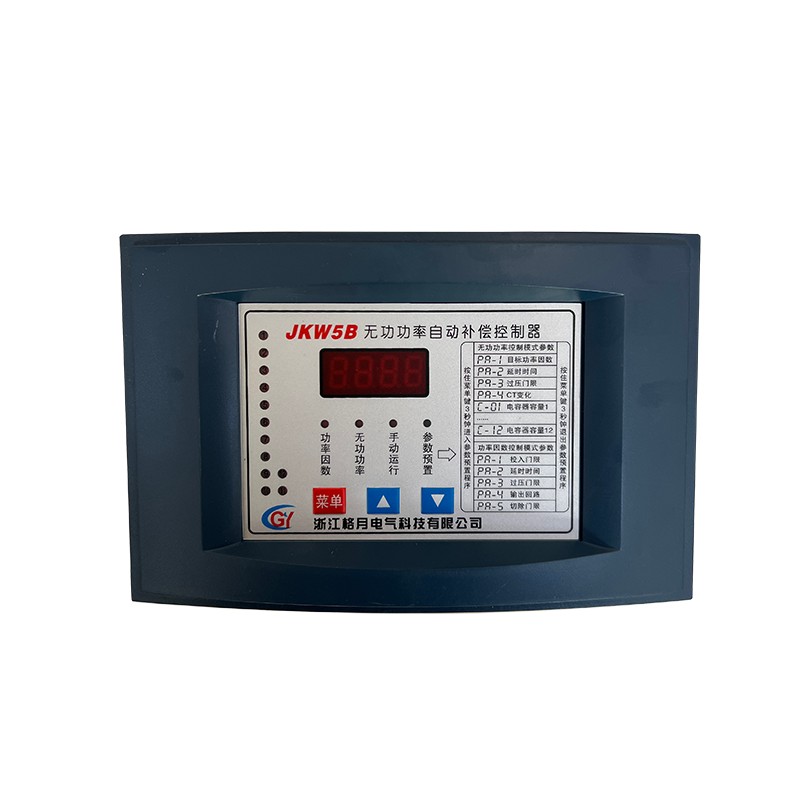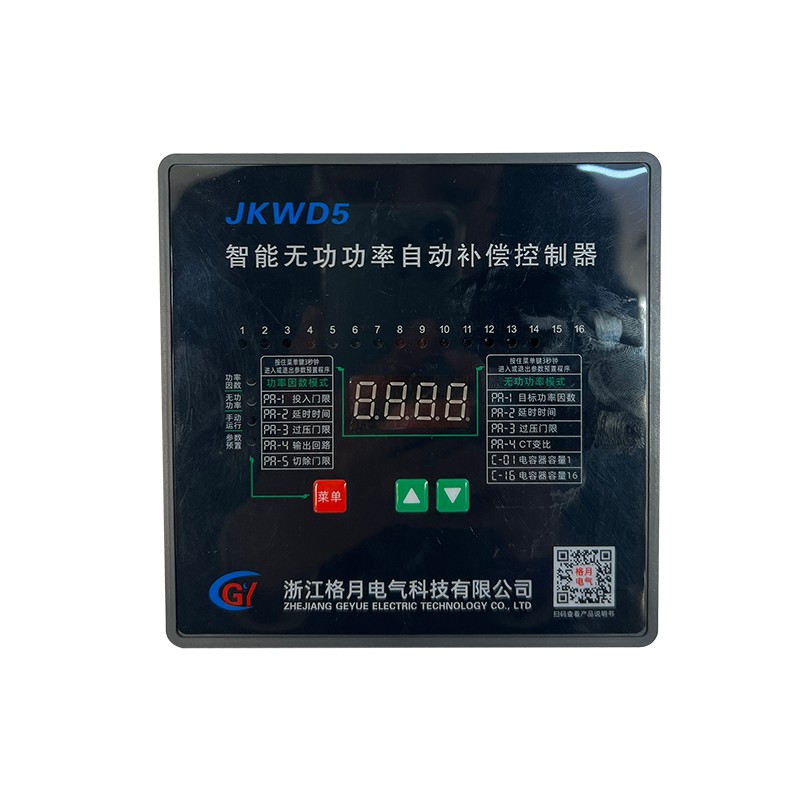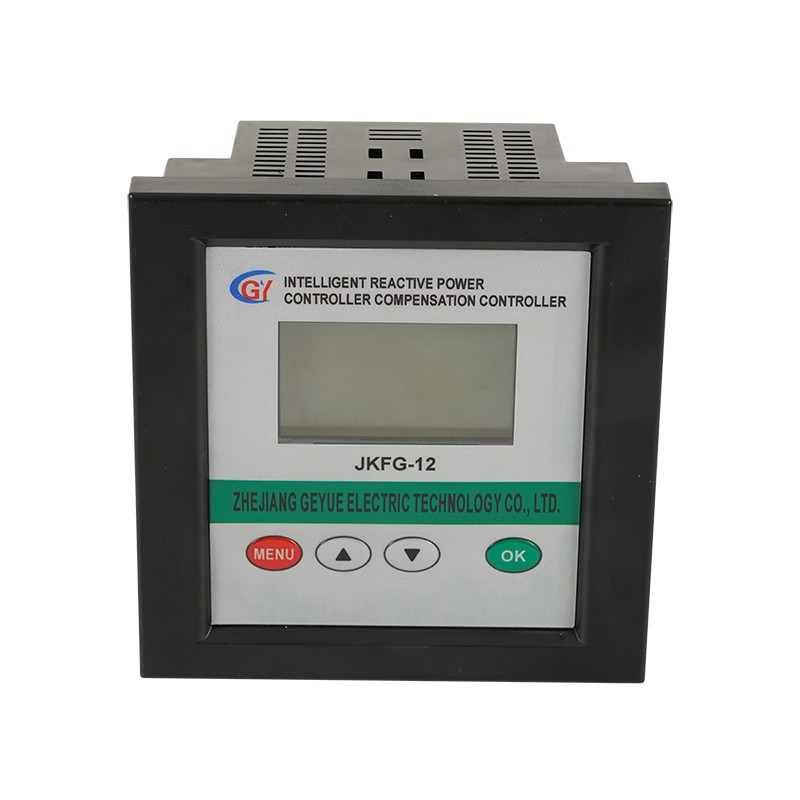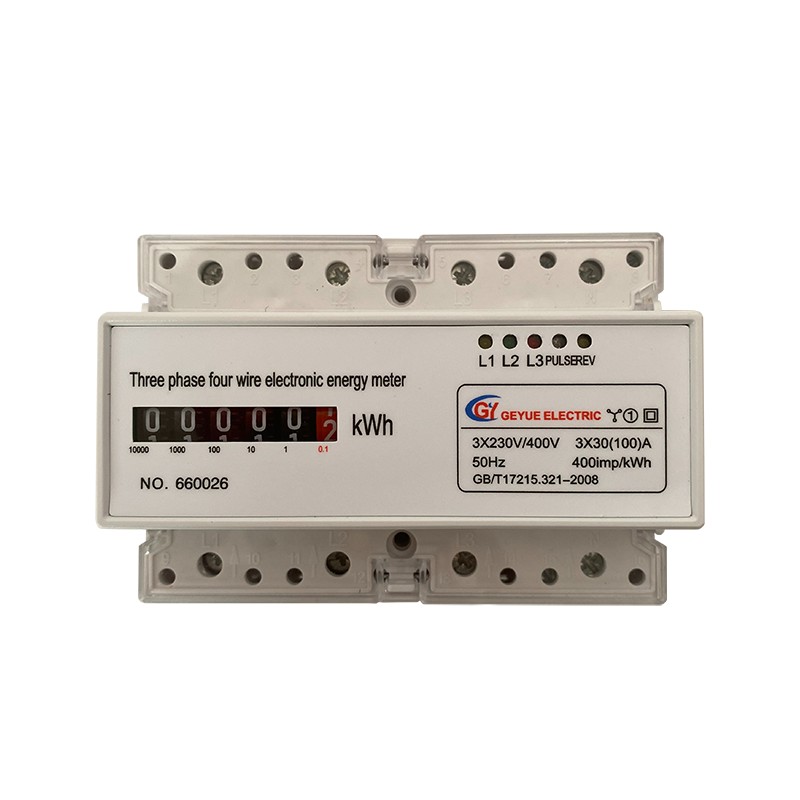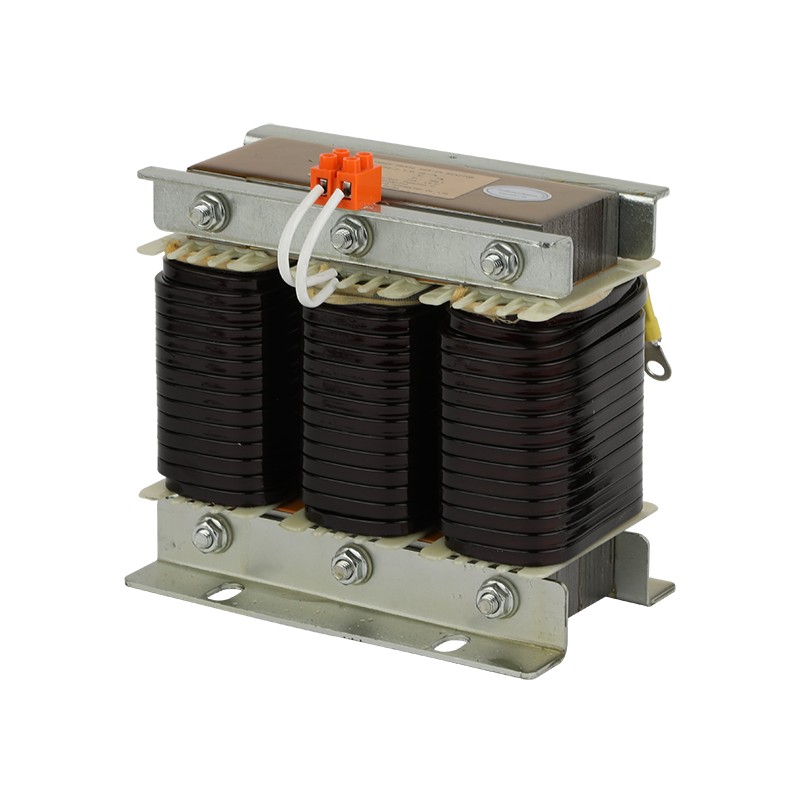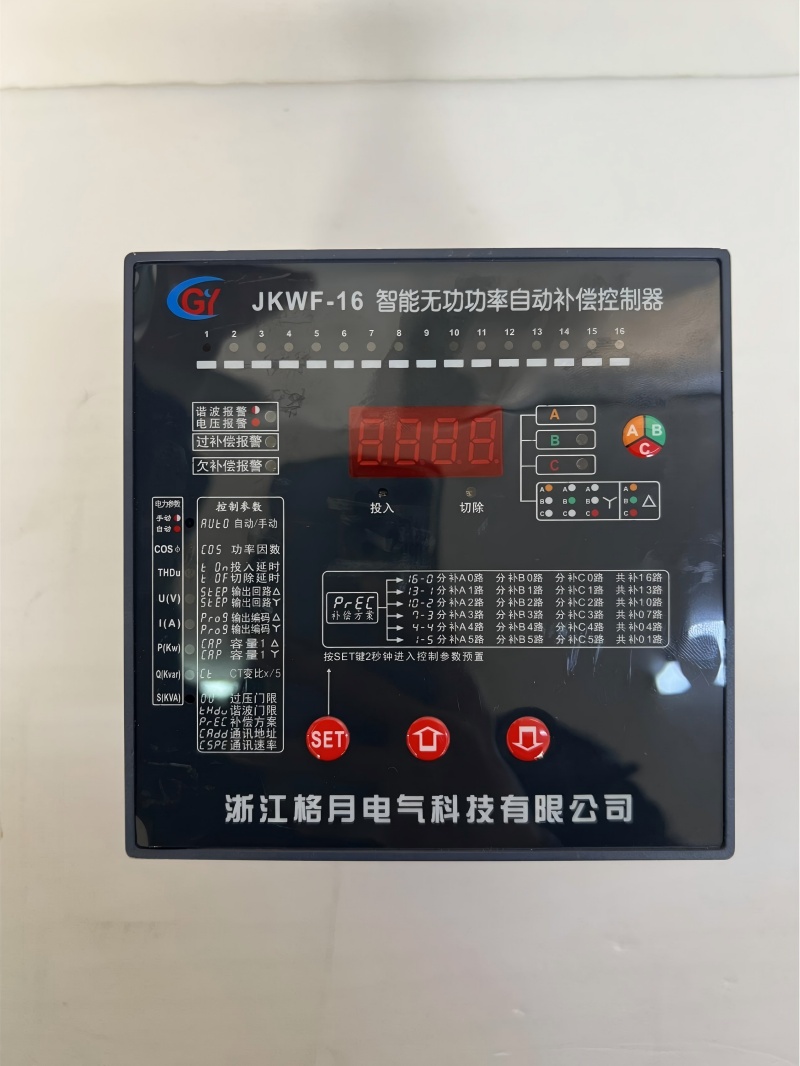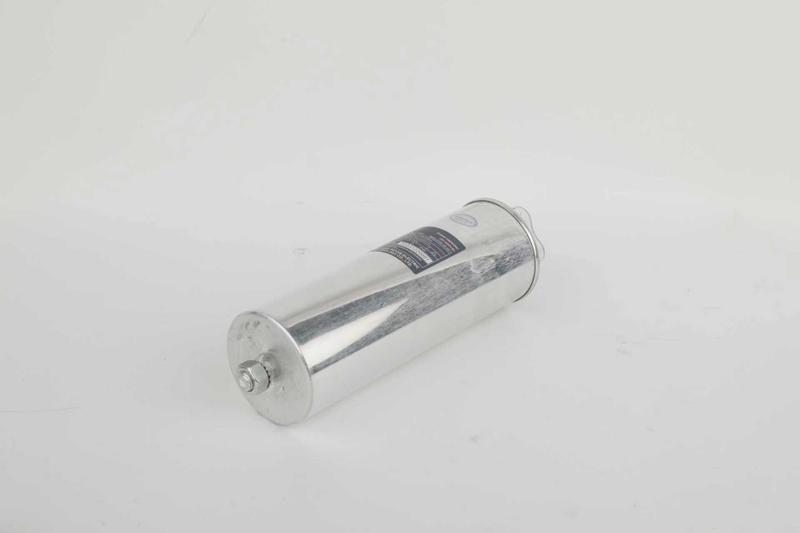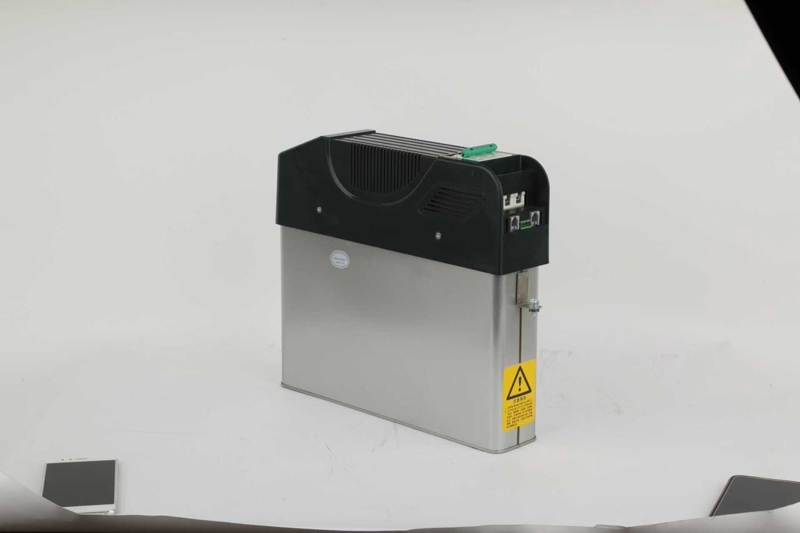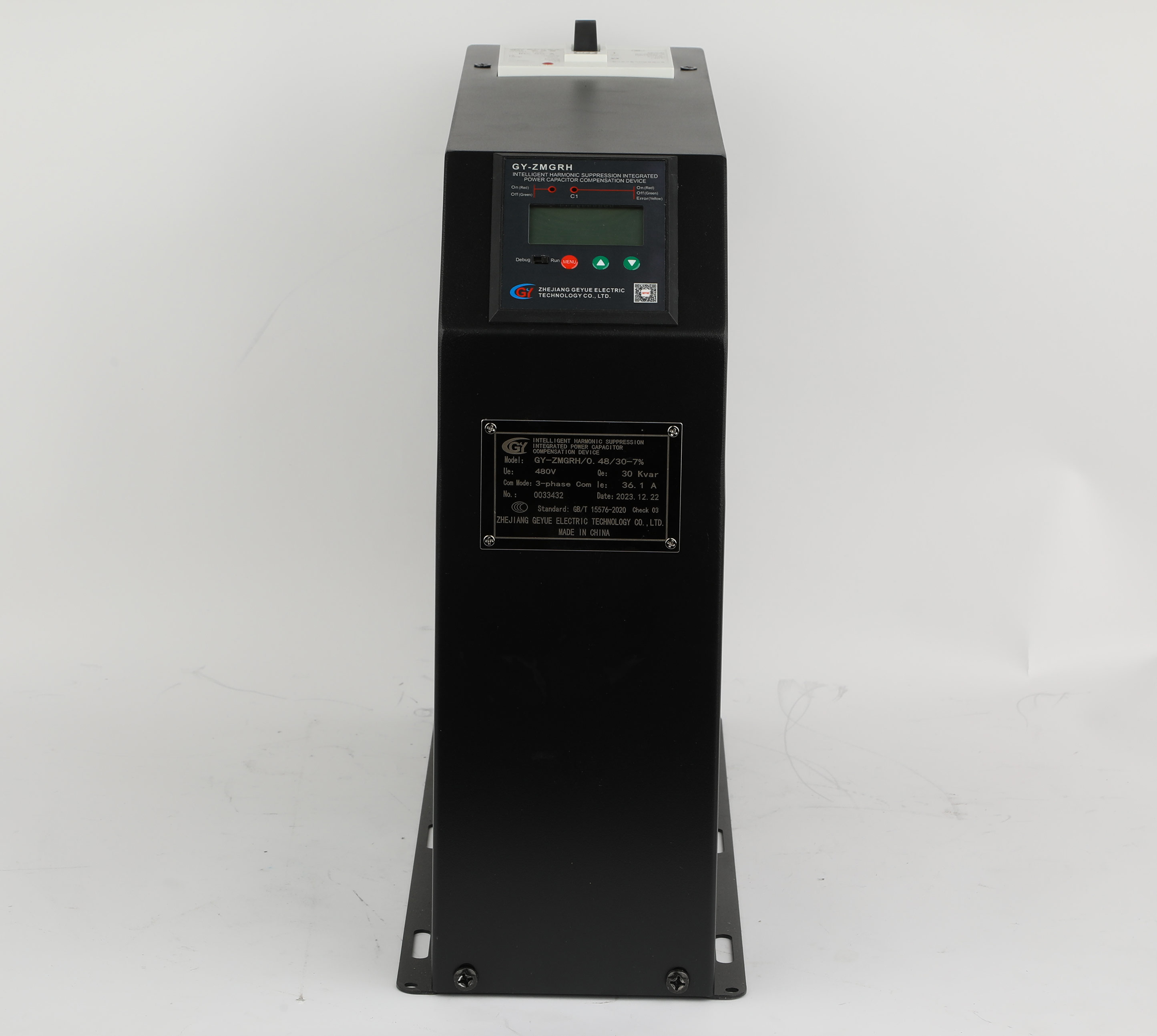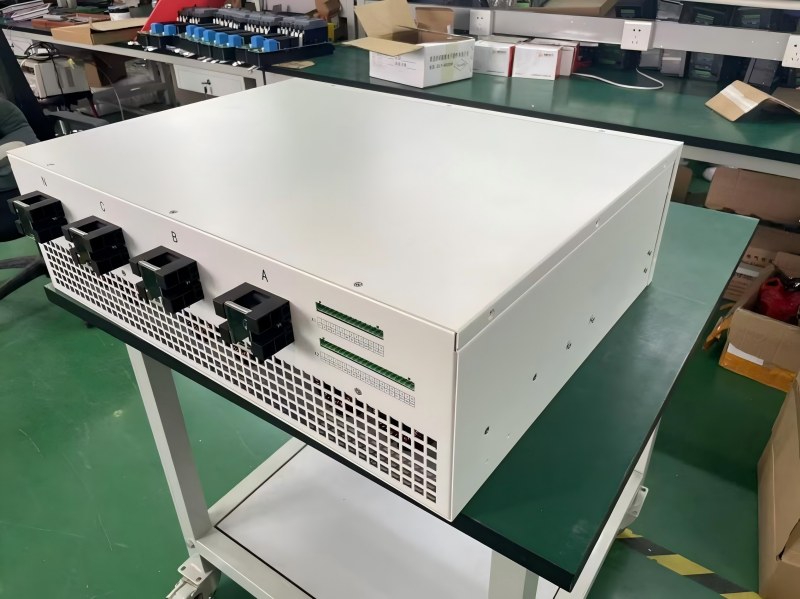What are the Magical Functions of the Copper Protective Sheet in the BSMJ Series Capacitors?
When we open the cover of any of the BSMJ series self-healing shunt capacitors of Geyue Electric (whether it is box type or cylinder type), the first thing that catches the eye is the copper protective sheet welded to the wire by an air-powered spot convex welding machine. So why is this unremarkable copper protective sheet everywhere? What are the magical functions of the copper protective sheet in the BSMJ series capacitors? Please let the Chief Engineer of Geyue Electric gradually reveal the mystery to you in the following text.
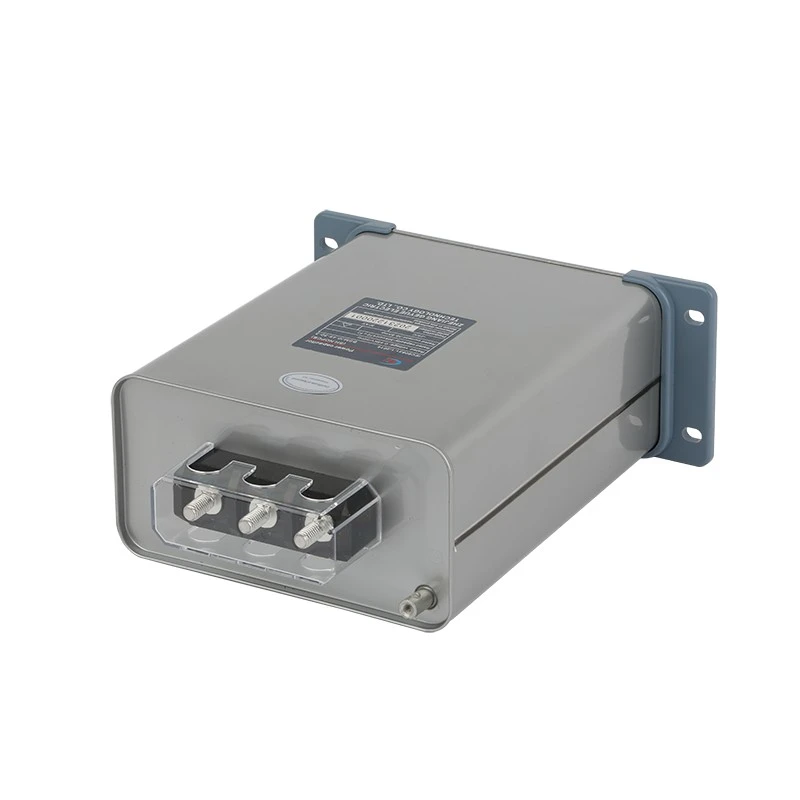
Current-conducting capacity enhancement
Copper, as a metal with extremely excellent electrical conductivity, can significantly reduce the contact resistance between the capacitor electrodes and the external terminal blocks, effectively decrease the heat loss of the BSMJ series self-healing low-voltage shunt capacitors, and further improve their current-carrying efficiency. The BSMJ series capacitors all belong to metallized film capacitors. Although the electrodes of this type of capacitor are composite metal layers of steamed galvanized aluminum, the thickness of the metal layer is only at the nanometer level. Direct connection is prone to local overheating of the metal layer due to large current. An inbuilt copper protective sheet serves as a transition layer to disperse the current density and prevent the erosion of the composite metal layers of steamed galvanized aluminum.
Mechanical protection and connection reliability
As a film capacitor, the metallized electrode of the BSMJ series is thin and fragile. The copper sheet fixes the edge of the electrode by welding to prevent the metallized layer from peeling off due to external lead tension or vibration. The surface of the copper protective sheet can be tin-plated or nickel-plated (such as the common tin-plated copper sheet) to delay oxidation, ensure long-term contact stability, and reduce capacitor failure caused by poor contact.
Heat dissipation assistance
The high thermal conductivity of copper (thermal conductivity≈400 W/(m·K)) can quickly dissipate the heat generated due to dielectric loss (such as tanδ) inside the BSMJ series self-healing low-voltage shunt capacitors, reduce temperature rise, and extend the service life (the service life of the capacitor is usually halved for every 10°C increase in temperature).
Over-pressure protection
The copper protection plate is designed with a specific structure to cut off the faulty circuit when the internal air pressure of the BSMJ series self-healing low-voltage shunt capacitor is too high, preventing the capacitor from bursting and causing serious losses.
Self-healing support
When a metallized film capacitor has a local breakdown of the dielectric, the metal coating around the breakdown point will vaporize to achieve "self-healing". The copper protective sheet prevents secondary damage caused by current concentration during the self-healing process through current equalization.
The welding of copper sheets and thin-film electrodes requires temperature control to avoid high-temperature damage to the dielectric film. In a humid environment, it is necessary to ensure the integrity of the copper sheet coating to prevent electrochemical corrosion. Although copper protective plates are small components, they are one of the key designs for the high reliability and long service life of the BSMJ series capacitors, especially indispensable in demanding applications such as industrial-grade reactive power compensation and frequency converters. If you have any interest in the BMSJ series self-healing low voltage shunt capacitors, please come to https://www.geyuecapacitor.com/, and contact Geyue Electric via info@gyele.com.cn.
- What Special Designs does the Magnetic Circuit System of the CJ19 Series Contactor Have to Cope with the Greater Electromagnetic Force and Thermal Stress Generated by Frequent Switching?
- Why Is the "Current-Carrying Capacity" of Capacitor Terminals a Critical Specification for Long-Term Reliability?
- Beyond the Product Warranty, What Does a "Lifecycle Support" Partnership with a Manufacturer Like Geyue Electric Entail?
- From One to 1,000: How Did the JKW5C Automatic Power Factor Controller Win Customer Trust?
- Should the Compensation Capacity Configuration Be Larger Rather Than Smaller, or Should It Be Precisely Calculated? Which Strategy Is Better?
- How to Enhance the Overall Reliability of the Compensation System? The Stability of GEYUE CJ19 is a Crucial Link.

